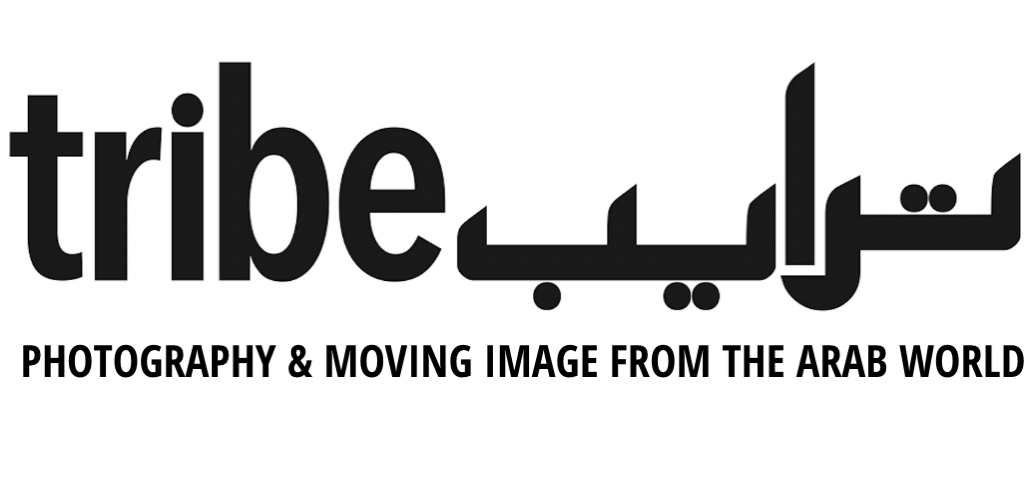NADIM ASFAR, ‘Hyper Images’
Hyper Images
Size: 24 x 33 cm
Pages: 88
Published by Kaph Books, 2018
Across a body of work that spans photography, video, and installations, Nadim Asfar’s early works engage with the technical and experimental origins of image-making.
In his book Hyper Images he employs a camera-less photographic technique—the photogram—that is as old as photography itself, to produce a series of floral “photogenic drawings” that are as much records of action as they are still lives disconnected from recognizable spatial and temporal markers.
Nadim Asfar is a French-Lebanese photographer and filmmaker. Born in Beirut in 1976, he lives and works in Paris and Beirut. His artistic approach is deeply influenced by the many questions raised by the language and technique of photography. Nadim Asfar is a French-Lebanese photographer and video artist. Born in Beirut, in 1976, he lives and works in Paris and Beirut. His work has been shown at many international institutions and events, including Paris Photo, the New Museum in New York, the Kunst-Werk Institute in Berlin, and the International Documentary Festival in Marseille. He was appointed the Chevalier des Arts et des Lettres distinction by French Ministry of Culture in 2014. His work is part of major international public and private collections. Nadim Asfar’s early work is characterized by an engagement with the technical and experimental origins of image-making. Whether through the use of techniques such as the photogram—a camera-less technique of inscription on a photo-sensitive surface—or the capturing of the movements of anonymous passers-by, over several years, from the same balcony in Beirut, the artist records the traces that animate and inmate bodies leave in space. Since 2015, Asfar has been working on an ongoing project entitled "Experiencing The Mountain". The project presents a shift from an engagement with the technical potentialities of the photographic apparatus as such, to a more thematic engagement with landscape as medium and subject. The work approaches the depopulated mountainous Lebanese countryside with the meticulousness a of a land surveyor and the sensibility of a Romantic landscape painter, in an attempt to demystify a landscape at once arid and fertile, long-domesticated as a symbol of nation and tradition in Lebanese painting.









